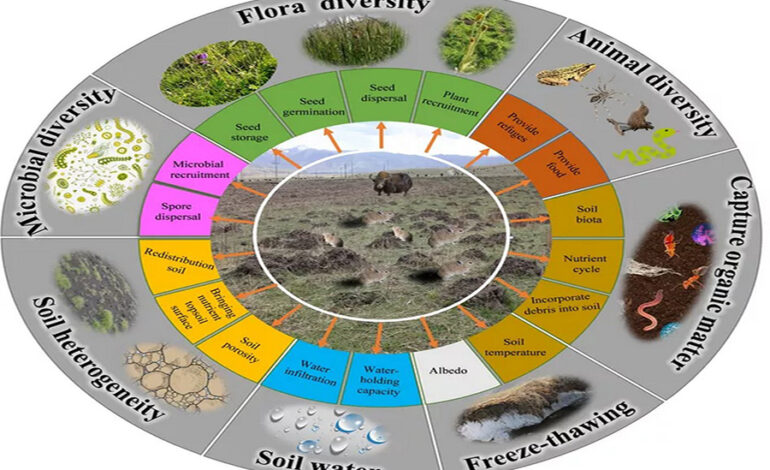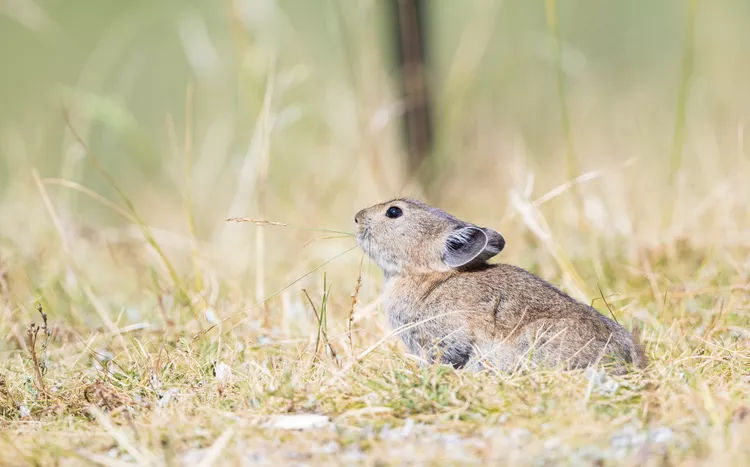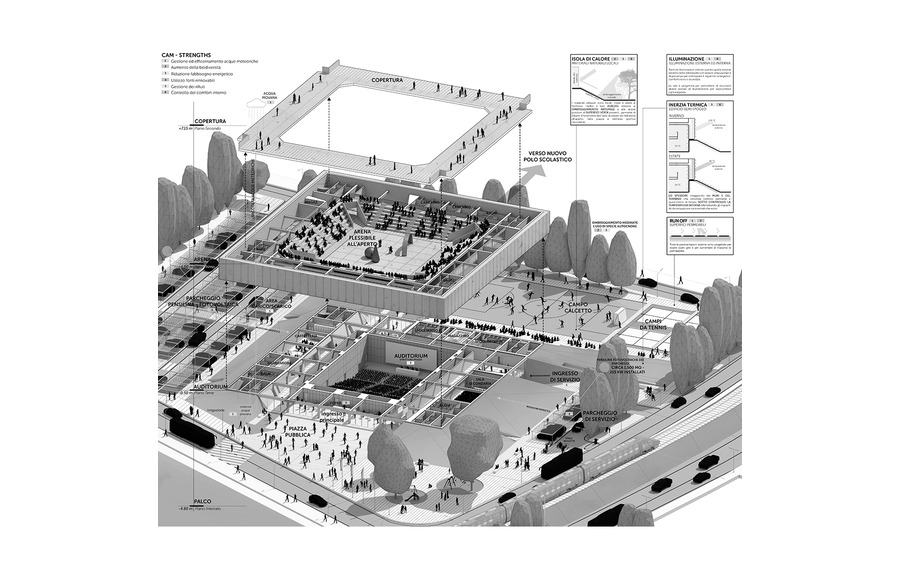Eradication of Small Mammals Is Harming Vital Ecosystems

Efforts to protect grasslands through the culling of pikas and zokors in China are backfiring, according to scientists.
By Melissa Breyer
When a keystone species is removed from an ecosystem, the repercussions can be severe. Keystone species play a crucial role in maintaining ecological balance, and their removal often leads to ecosystem degradation. This pattern has been observed in various instances, such as the reintroduction of wolves in Yellowstone and the absence of beavers in the American West.
A recent study published in the Journal of Animal Ecology sheds light on another example of misjudged eradication efforts. Scientists suggest that the extermination of plateau pikas and zokors in China’s Qinghai-Tibetan Plateau, aimed at safeguarding grasslands, is causing harm to the ecosystem and should be halted.
The eradication policy, initiated in 2000, targets these two mountain-dwelling herbivores, considered keystone species due to their significant impact on the environment.
Understanding Trophic Cascades
A trophic cascade, a concept related to keystone species, refers to ecological changes resulting from alterations in animals or plants at different levels of the food chain.
The study authors argue that the extermination program lacks a comprehensive understanding of the full implications of eradicating these burrowing mammals.
According to Professor Johannes Knops from Xi’an Jiaotong-Liverpool University and Dr. Wenjin Li from Lanzhou University, replacing the eradication policy with a nature-based control strategy could offer a more sustainable and effective approach to grassland management.

Global Significance
The decline in burrowing mammal populations due to extensive extermination programs is not unique to China. Similar trends are observed worldwide, including in the United States, where prairie dog populations have dwindled significantly.
Despite their diminutive size, burrowing mammals contribute significantly to ecosystem health. They enhance plant diversity, seed dispersal, and light availability while providing habitat and refuge for various species.
The researchers emphasize that their findings have broader implications for global grassland management practices.
Reconsidering Eradication Policies
China’s eradication policy, part of the Returning Grazing Land to Grassland project, aims to address concerns about soil erosion caused by competition between burrowing mammals and grazing livestock.
However, the study challenges this narrative, suggesting that a more nuanced approach is necessary. Instead of indiscriminate culling, the researchers advocate for ecosystem-based strategies that consider the entire food chain.
Poisoning and Conflict
The study also highlights the adverse effects of poisoning methods used in eradication efforts. These methods can lead to resistance in target species and harm non-target species, exacerbating human-wildlife conflict.
Reducing the population of small burrowing mammals can disrupt natural predator-prey dynamics, leading to increased conflicts and ecosystem imbalances.
A Sustainable Approach
While advocating against the complete eradication of burrowing mammal populations, the authors propose a nature-based strategy that integrates natural predators and ecological factors. By maintaining stable, low-density populations of burrowing mammals, it is possible to promote sustainable grazing practices while preserving biodiversity and minimizing human-wildlife conflicts.
In conclusion, the study underscores the importance of reevaluating eradication policies and adopting holistic, ecosystem-based approaches to grassland management.












